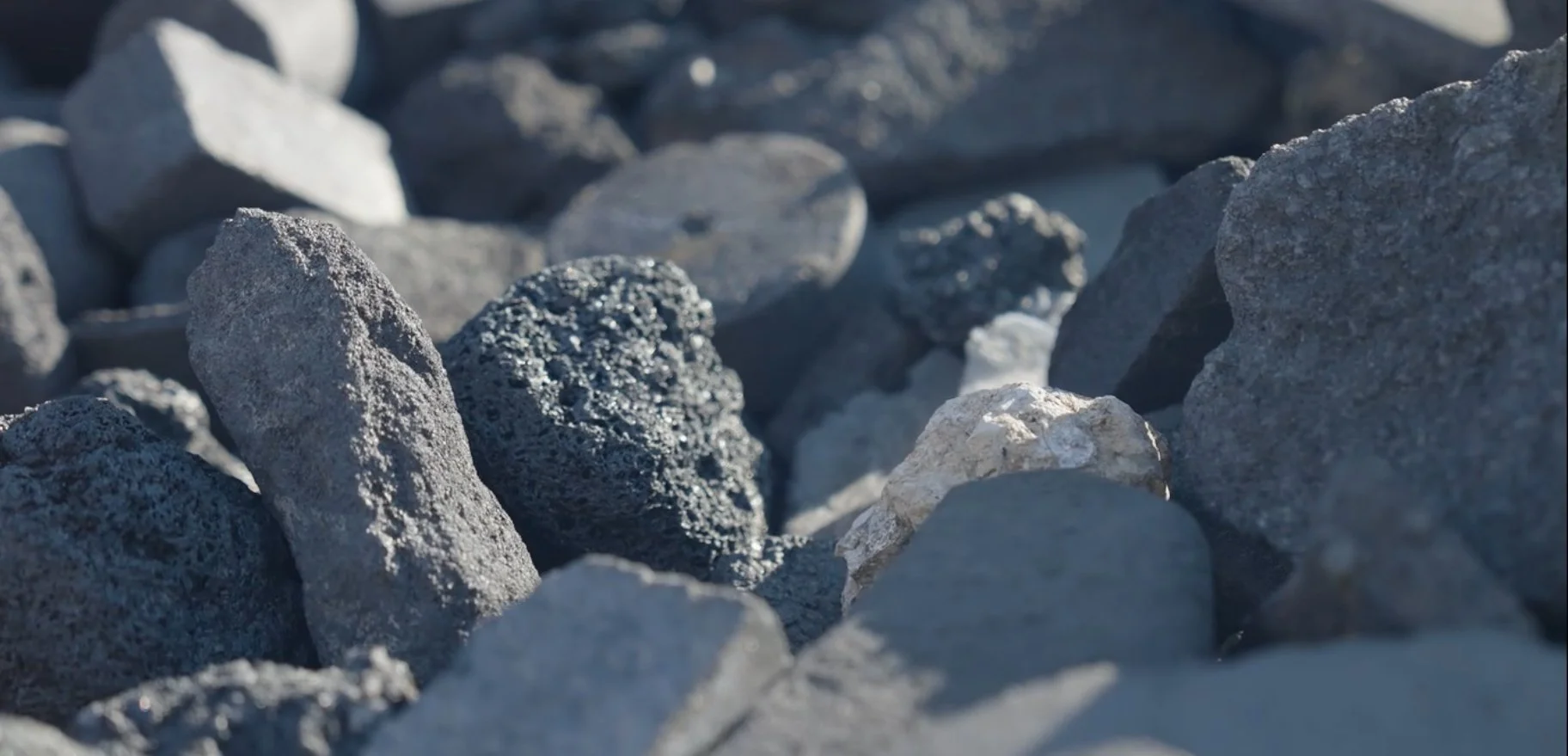Our synthetic graphite is some of the purest in North America.
What makes our graphite so essential?
Globally recognized as a critical mineral, graphite is designated by both Canada and the United States as essential for economic stability and the transition to a low-carbon future.
With 100% EV sales targets set for 2035 in Canada, the US, and the EU, the lack of immediate local graphite sources presents challenges for meeting local content requirements, particularly for funding and tariff compliance.
What sets ReGen apart is that this synthetic graphite is already produced, eliminating the harmful emissions typically associated with its production.
This makes it the greenest source of graphite in the world!
Natural vs Synthetic Graphite
While it comes in many different grades and forms, battery-grade graphite falls into one of two classes: natural or synthetic.
Natural graphite is formed through the geological transformation of carbon-rich materials over millions of years. It is mined from naturally occurring mineral deposits found in metamorphic and igneous rocks. The extraction process typically involves open-pit or underground mining, followed by crushing, grinding, and flotation to refine the graphite content.
Synthetic graphite is preferable in performance for EV batteries, but given the negative environmental impacts of its production by the treatment of petroleum coke and coal tar, it’s used less often than natural graphite. However, the synthetic graphite at the Regen site is already produced at the manufacturing processes of 3,200° Celsius that occurred at the Union Carbide site during the 1900s, meaning this source of synthetic graphic is now essentially emission-free.
Carbon Intensity: Chinese vs Regen
Chinese synthetic graphite has a carbon intensity of about 14.5kg of CO2 for every kg of synthetic graphite produced.
Regen will unquestionably be by far the most emission friendly source of synthetic graphite in the world. Our carbon intensity is less than 1% of the Chinese product.
China and the Graphite Supply
In 2021, China accounted for 79% of global graphite production, while currently North American production respresents 1.2%. The Chinese supply is primarily processed graphite - the form used for battery production. This supply concentration presents challenges for the OEM sector looking to diversify supply chains away from China. These challenges were further exacerbated in November 2023 as China implemented new export controls, forcing foreign customers to seek licenses from Chinese authorities.
The Battery Minerals Mix
Lithium is not the only key component to the batteries on the market today. EV batteries contain many other metals including nickel, cobalt, graphite and manganese. Graphite, however, which is used to make anodes, is the most prevalent mineral in an EV battery. On average, each new EV vehicle contains 34kgs of graphite with up to 60kgs in long-range models.




